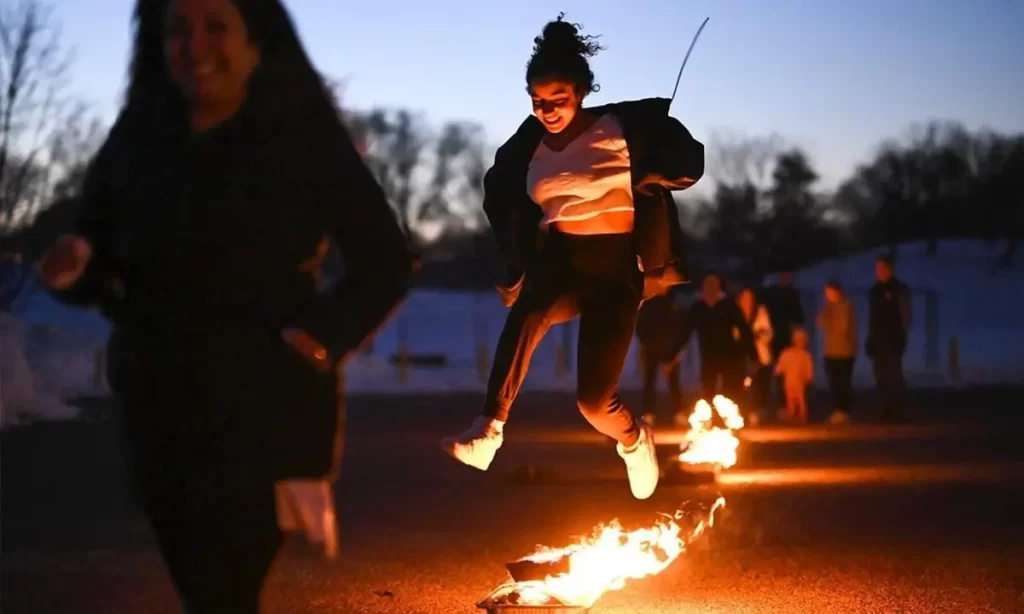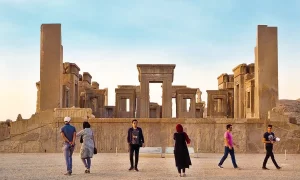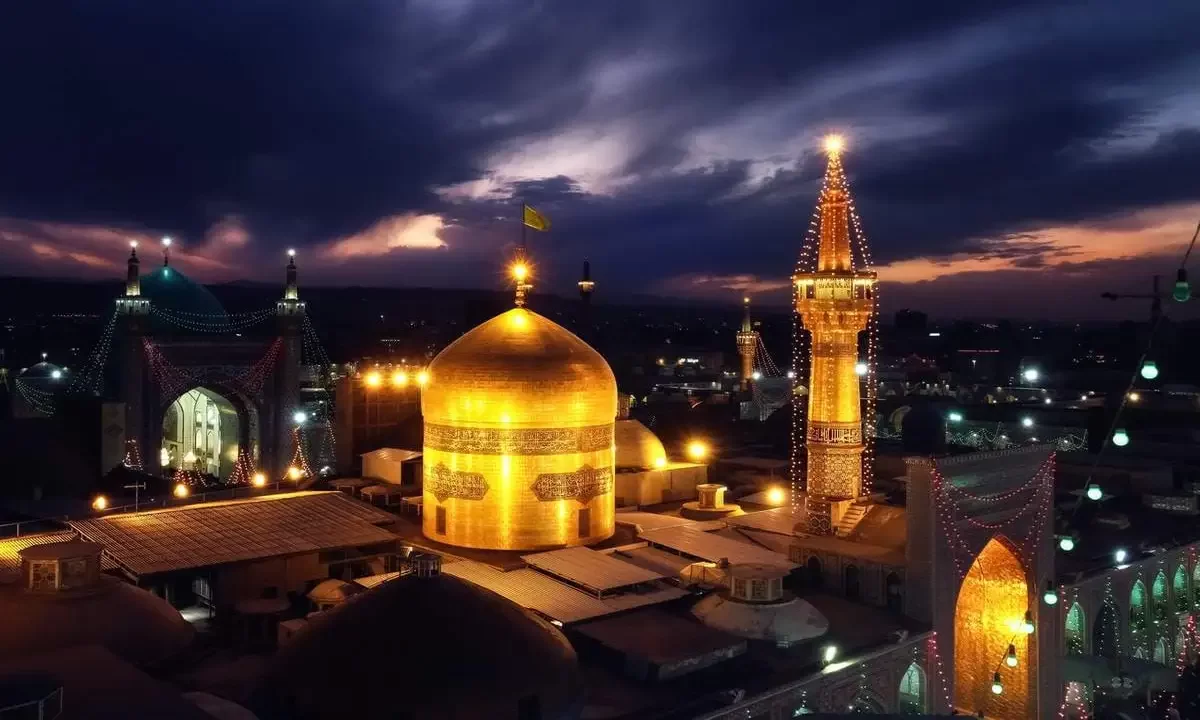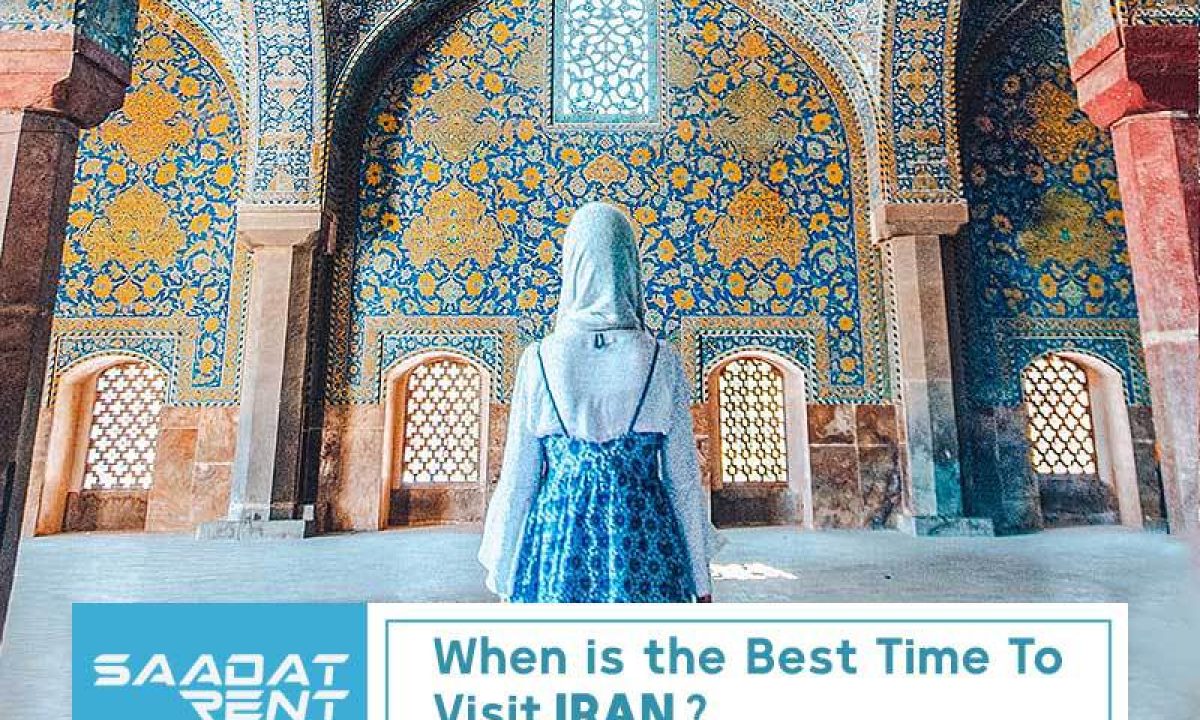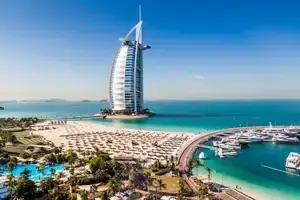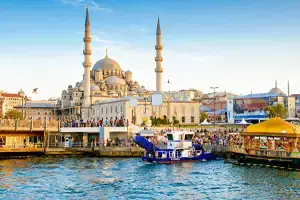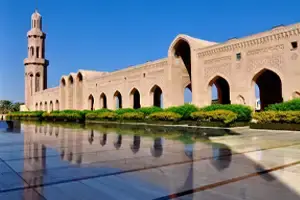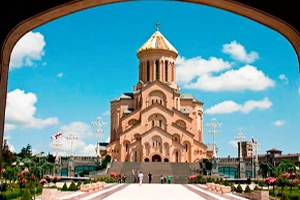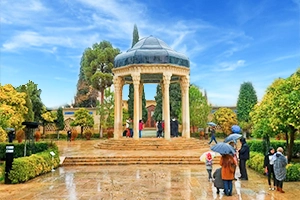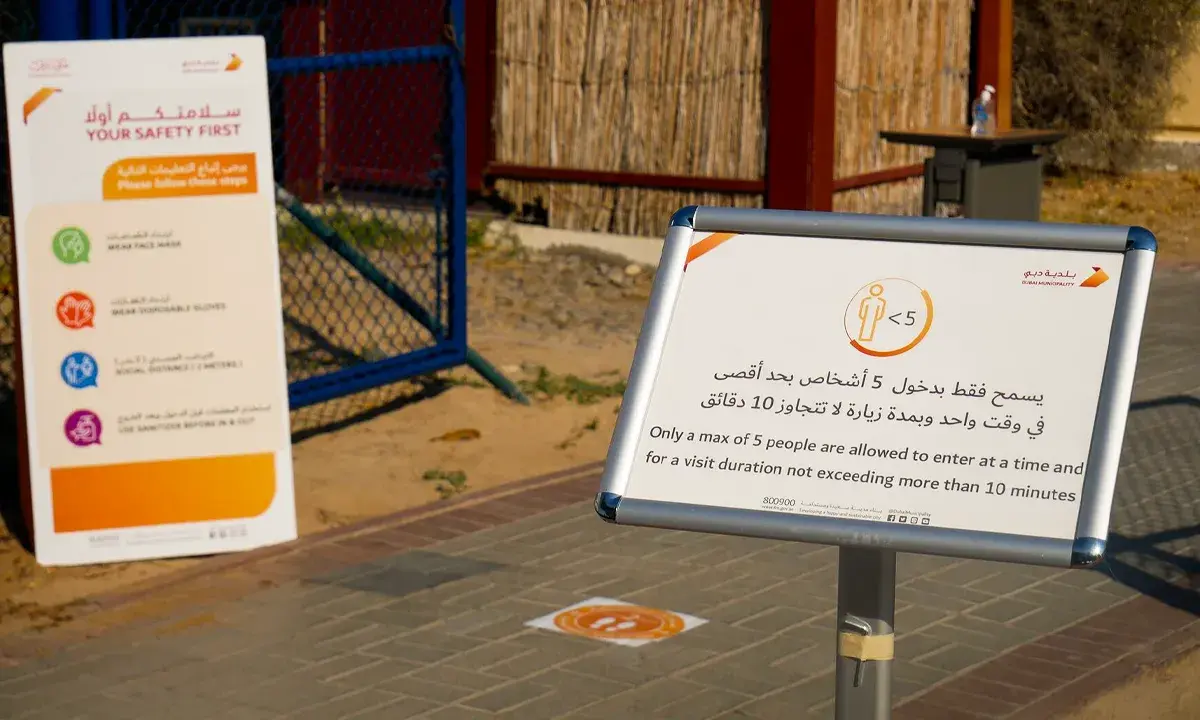Chaharshanbe Suri in Iran: Celebrate the vibrancy of Chaharshanbe Suri, also spelled as Chaharshanbe Soori, on the eve of the last Wednesday before Nowruz, the Persian New Year. This ancient festival, deeply rooted in Zoroastrianism—one of the world’s oldest monotheistic religions and the state religion of Iran before Islam—highlights the rich cultural heritage of Iran. Experience the Chaharshanbe Soori event in Iran, where fire and light symbolize the triumph of good over evil, ushering in the new year with hope and joy.
What is the History of Chaharshanbe Suri in Iran?
Chaharshanbe Suri in Iran, also known as the Festival of Fire, is a captivating ancient tradition celebrated on the eve of the last Wednesday before Nowruz, marking the Persian New Year. This event, deeply rooted in Zoroastrianism—the predominant religion of the region before the advent of Islam—is a testament to the enduring impact of one of the world’s oldest monotheistic religions on Persian culture. The festival, which includes jumping over fires, symbolizes the purification and renewal of the spirit, epitomizing the cultural and historical significance of the Chaharshanbe Soori event in Iran.
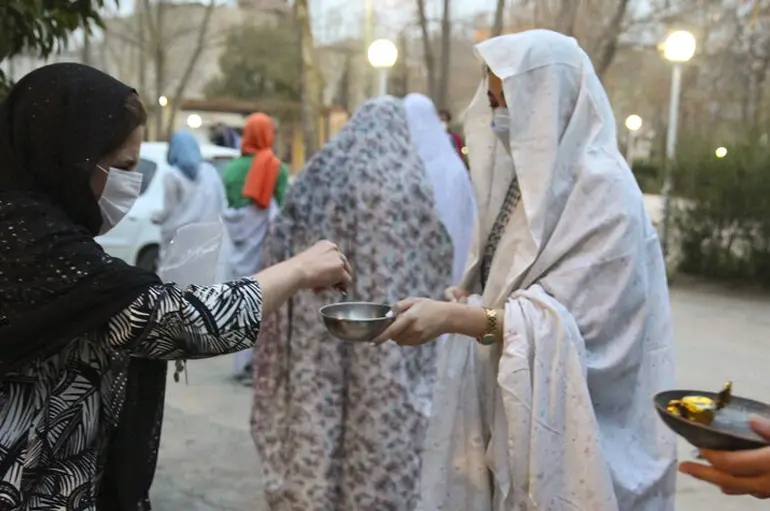
Cultural Practices of Chaharshanbe Suri in Iran
Apart from fire jumping, other customs associated with Chaharshanbe Suri include:
- Ghashogh Zani: People (mainly children) go door to door, hitting spoons against pots or plates to receive treats, similar to trick-or-treating.
- Fal-Gush: This involves listening to conversations behind walls or in the streets to interpret them as omens for the future.
- Kuze Shekani: People throw earthenware jars filled with water and symbolic of bad luck from the past year over rooftops to smash them, symbolizing the breaking away from the past year’s misfortunes.
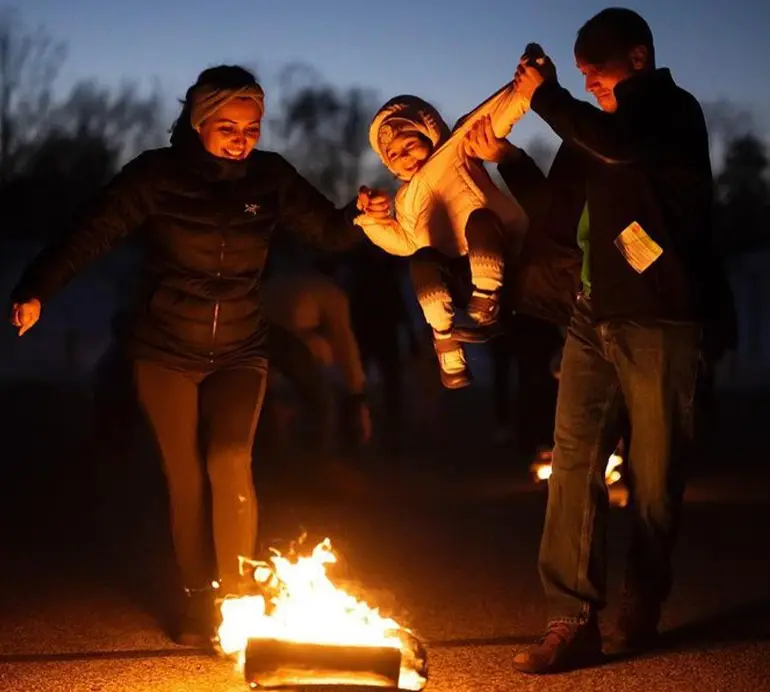
Chaharshanbe Suri, A Festive Spark in the Persian Calendar
Starting with the ancient Iranian calendar, each year comprised 12 months, with each month spanning 30 days, totaling a year of 360 days—just five days and a few hours short of a full solar year. During this period, households engage in ‘Khane Tekani,’ a thorough cleaning ritual to welcome Nowruz, the New Year. In Iranian culture, fire signifies purity, renewal, vitality, well-being, and ultimately, the most tangible representation of the divine on earth. Everything about Chaharshanbe Suri in Iran, within the context of Persian cultural traditions, marks the prelude to New Year’s Eve celebrations. Historically, this festival has been a significant prelude to Nowruz and the New Year, maintaining its importance among various ethnic groups and citizens across Iran, celebrated as the Festival of Fire in Iran.
What are the Key Traditions Explored in Chaharshanbe Suri in Iran?
Across Iran, cities and villages alike mark Chaharshanbe Suri on the last Wednesday of the year. As the sun sets on Tuesday, signaling the eve of this day, people gather outdoors, in front of their homes or in suitable open spaces, to light fires. Participants of all ages and genders leap over the flames, reciting, “Zardi-e Man Az To, Sorkhi-e To Az Man,” symbolically shedding the past year’s sorrows and misfortunes into the fire to welcome the new year with happiness and peace.
But what deeper meaning lies within this ancient Persian phrase? It signifies a ritual purification, with “Suri” hinting at ‘redness’ or ‘sorkh’ in Farsi, embodying the transformation from ‘yellow’ (illness and problems) to ‘red’ (warmth and strength) through the fire’s purifying power. In a tradition of discarding the old, pottery items like bowls, plates, and jars filled with water and coins were rolled off roofs, symbolizing the letting go of the past.
Fortune-telling (‘Falgush’), where young girls make wishes and interpret overheard conversations as omens, and the ritual of ‘Ghashoq Zani’—where women, often veiled, knock on doors with a spoon or key to receive sweets, fruits, or money—are enduring practices of Chaharshanbe Suri, connecting the community and preserving ancient customs. These celebrations are central to the Fire Festival in Iran and are significant elements of the Chaharshanbe Soori event in Iran.
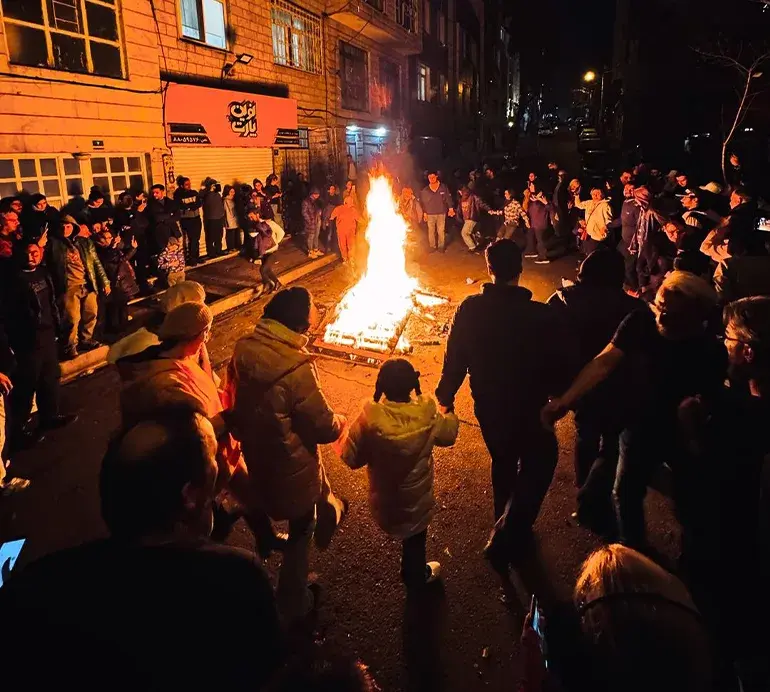
Last word
Chaharshanbe Suri embodies the rich heritage and vibrant spirit of Iran, merging ancient traditions with the joy of renewal. Through its iconic bonfires, communal rituals, and symbolic acts of purification, the festival strengthens bonds within communities and ushers in the new year with hope and joy. Chaharshanbe Suri in Iran is not merely a prelude to Nowruz but a celebration of life’s resilience and the enduring cultural legacy of the Iranian people, highlighting their deep connection to nature and heritage. This profound celebration is central to Everything about Chaharshanbe Suri in Iran and is a significant element of the Chaharshanbe Soori event in Iran.
FAQ
What is Chaharshanbe Suri?
Chaharshanbe Suri is an ancient Iranian festival celebrated on the eve of the last Wednesday before Nowruz, the Persian New Year. Rooted in Zoroastrian traditions, it symbolizes the victory of light over darkness, where people participate in rituals like jumping over bonfires to purify themselves of the past year’s hardships and welcome the new year with health and happiness.
Why do people jump over fires during Chaharshanbe Suri?
Jumping over fires during Chaharshanbe Suri is a ritual act symbolizing purification and rebirth. Participants chant, “Zardi-ye man az toh, sorkhi-ye toh az man,” meaning “My yellow is yours, your red is mine,” exchanging sickness and pallor (yellow) for warmth and vitality (red). It’s a physical and symbolic act of leaving behind the difficulties of the past year and embracing strength and health for the year ahead.
Are there other customs associated with Chaharshanbe Suri?
Yes, besides fire jumping, Chaharshanbe Suri includes several other customs:
- Ghashogh Zani: Children and young adults go door-to-door, hitting spoons against pots or plates to receive treats.
- Fal-Gush: A practice of listening to conversations and interpreting them as omens for the future.
- Kuze Shekani: The act of throwing earthenware jars filled with water and symbols of the past year’s misfortunes from rooftops to break them.
How is Chaharshanbe Suri observed today?
Today, Chaharshanbe Suri is celebrated across Iran and by Iranian communities worldwide, maintaining its traditional core while also embracing modern elements like fireworks. Despite historical challenges, it remains a deeply loved festival, symbolizing hope, renewal, and community spirit. The celebration includes traditional food, gatherings with family and friends, and the exchange of good wishes for the coming year.
When is Chaharshanbe Suri in 2024?
Chaharshanbe Suri will be observed on the eve of the last Wednesday before Nowruz. In 2024, this falls on March 19th.
When is Chaharshanbe Suri in 2025?
In 2025, Chaharshanbe Suri will take place on March 18th, marking the eve of the last Wednesday before the Persian New Year.
What does Chaharshanbe Suri mean in Iran?
Chaharshanbe Suri translates to “Red Wednesday” or “Scarlet Wednesday” in Persian. The festival is named for the bonfires that people leap over, symbolizing the burning away of the previous year’s hardships and misfortunes and welcoming the new year with strength and vitality.
How is Chaharshanbe Suri pronounced?
Chaharshanbe Suri is pronounced as [chah-har-shan-beh soo-ree]. The emphasis is typically on the second syllable of “Chaharshanbe” and the first syllable of “Suri.”
